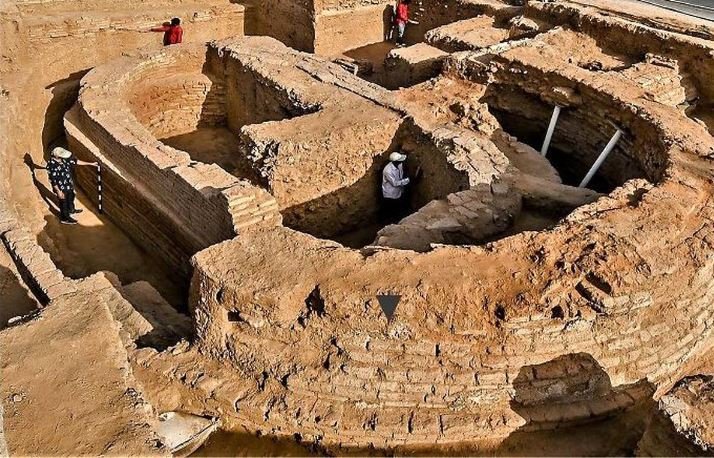The ancient rock-hewn churches of Lalibela, considered among the greatest cultural and religious treasures in Ethiopia, have become a cause for concern as reports suggest that fighters from Ethiopia’s Tigray region have taken control of this UNESCO World Heritage Site.
The 13th-century “New Jerusalem” is home to 11 medieval monolithic cave churches, situated in the mountainous northern region of Ethiopia, approximately 645 kilometers (about 400 miles) from the capital of Addis Ababa. Commissioned by King Lalibela of the Zagwe Dynasty in the 12th century, these churches played a crucial role in providing a safe haven for Christians to hide from the northward expansion of Islam.
The Ethiopian Orthodox Church, one of the world’s oldest Christian organizations, traces its roots back to the 4th century in this region. Lalibela is particularly significant in Ethiopian Christian history and serves as a place of pilgrimage, devotion, and peace.
UNESCO, in a statement released on Friday, expressed its apprehensions about the potential threats to Lalibela’s heritage. The agency urged the respect of international law obligations to protect this precious site, emphasizing the need to refrain from acts that may cause damage and to take precautions against looting and pillaging of cultural properties in the area.
The rock churches of Lalibela are characterized by their unique architecture, carved from monolithic blocks below ground level, with further chiseling to create windows and doors. The complex includes structures chiseled into the rock face, as well as isolated blocks like the Church of Saint George, constructed in the shape of a cross.
Lalibela’s historical and architectural significance earned it a place on the World Heritage List in 1978, recognizing its cultural value and contribution to humanity’s shared heritage. However, recent events in the Tigray region have raised concerns about the safety and preservation of this iconic site.
Photographer Tariq Zaidi, who documented the pilgrim route in and around Lalibela in 2016, highlighted not only the architectural majesty of the churches but also the humility and hospitality of the local community. Pilgrims, often very poor, undertake arduous journeys to reach Lalibela for a pilgrimage, receiving support from the local community along the way.
While the situation remains uncertain, UNESCO’s call for the protection of Lalibela reflects the global concern for safeguarding cultural and religious heritage, recognizing the importance of preserving sites that hold immense historical and spiritual significance. The hope is that Lalibela, known for its rich history and architectural marvels, will endure as a symbol of Ethiopia’s cultural legacy.
Book Paris Trip
Paris sightseeing
Book Paris activities
Louvre museum paris
Paris limousine rental
Rolls Royce Paris
Eiffel Tower Paris
Airport Transfer Paris
Book Paris Taxi
Seine River Cruise
Wine Tasting Paris
Paris luxury hotels
Switzerland luxury hotels
Europe Car rental
Europe coach rental
Paris Limousine
Dior Paris
Beauvais Airport transfer
